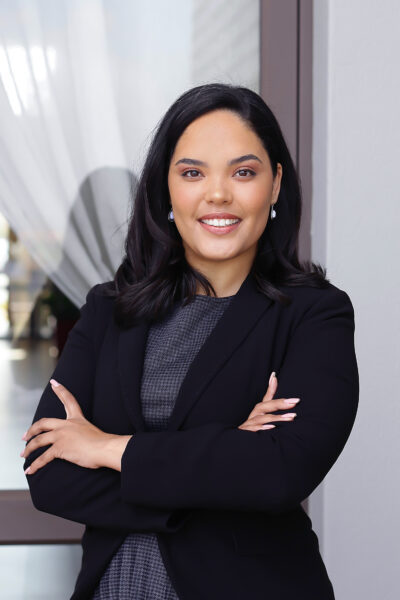Technology, Solutions and Innovations
COVID-19 Accelerates Digitised Education
The introduction of the fourth industrial revolution (4IR) has been transforming the education sector over the past two decades with technology allowing students to access education from anywhere at any time. This, however, has been fast-tracked due to the coronavirus, which has seen many institutions closing their doors to stop the spread. Although it has been an adjustment for both students and teachers, technology is revolutionising education and paving the way towards a better future in learning.
Dr Andrew Hibling, CEO of EDGE Education, says that technology is changing education in three fundamental ways.
HOW WE LEARN
“Historically, we have learned by developing our thoughts and ideas through confirming them with our peers and those we perceived as teachers in the community,” says Hibling. “This was done by watching what was going on around us, listening to others, experimenting, and having conversations, which helped us to confirm our knowledge.
“If this is how we learn, then formal education should fall in line with this. For example, we are still relying on the one versus many approach, such as a teacher or lecturer in front of a classroom or lecture hall, instead of students learning from an abundance of sources that are readily available online.”
<crosshead><bold>WHERE AND WHEN WE LEARN<unbold>
Hibling describes the practice of students going to the same class at a specific time to listen to one lecturer as an industrial model of education. “The classroom was the factory, the learning was the product, and the method of transferring exactly the same information to a large number of people was simply the most efficient way to scale up the production of education.
“Though it was arguably effective when measured against its purpose, it is not necessarily our natural way of learning. And its time is up,” he says.
“COVID-19 has accelerated the future of education by forcefully removing institutional resistance to online learning. Although the emergency remote learning or online schools that emerged as a response to the virus are a step in the right direction, they are still a far cry from what online, remote or ‘blended’ learning can be,” he explains. “Currently, the transfer of information is one-way and the recipient is passive. However, effective knowledge formation should be an active, dynamic interaction within a group or community.”
<crosshead><bold>LEARNING MATERIALS<unbold>
Hibling says that learning means transforming information into knowledge through interaction within a community with similar interests. “Technology allows us to do this outside the boundaries of geography and time. We can teach and learn by engaging our peers and educators with purposely-designed content.”
Such content has been developing over the past two decades and a host of online education offerings, from short courses to postgraduate degrees, has become available.
“As the imperative for face-to-face learning is challenged, further blending of onsite and offsite learning is likely to emerge,” Hibling says. “Whether learners are on- or off-site, they will still engage digitally. This means that communities will use technology to learn from and teach each other.”






 Sign-up and receive the Business Media MAGS newsletter OR SA Mining newsletter straight to your inbox.
Sign-up and receive the Business Media MAGS newsletter OR SA Mining newsletter straight to your inbox.